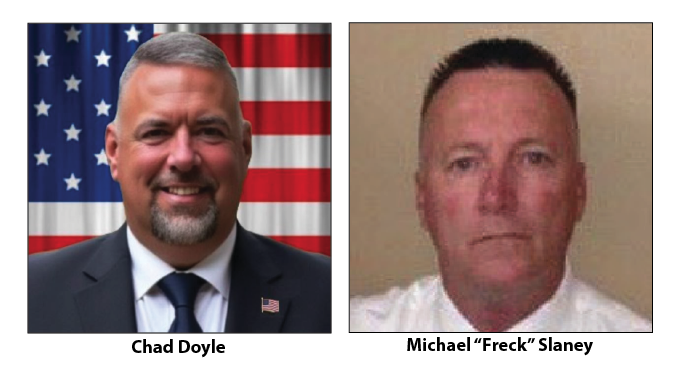Brain-eating parasite infects people via nose
Published 6:00 pm Sunday, July 9, 2017
The state Health Department recently confirmed the presence of a brain-eating amoeba in the North Monroe and Schriever water systems,
The announcement reminded The Informer of a question it answered in July 2014:
Trending
If that brain-eating amoeba is in our water, does boiling the water kill it and render it harmless, and the water safe to drink?
The U.S. Centers for Disease Control and Prevention says that boiling water for one to three minutes will kill the microbe, called Naegleria fowleri, which is also sensitive to chlorine disinfection.
But the microorganism — a protozoan, not a bacteria — only infects humans via the nasal passages, so people can’t contract the associated brain-waisting condition, primary amebic meningoencephalitis, by drinking water that contains it.
N. fowleri, which despite its common name isn’t a true amoeba, normally consumes bacteria and thrives in warm water. It can be found in freshwater, brackish water, hot springs, industrial discharge, insufficiently chlorinated swimming pools, soil and hot-water heaters.
“While infections with Naegleria fowleri are rare, they occur mainly during the summer months of July, August, and September,” reads a CDC fact sheet.
“Infections are more likely to occur in southern-tier states, but can also occur in other more northern states. Infections usually occur when it is hot for prolonged periods of time, which results in higher water temperatures and lower water levels.”
Trending
Once the parasite enters the nasal passages it attaches itself to the mucous membrane and moves along the olfactory nerves, crossing into the skull via a sieve-like structure called the cribriform plate.
It then begins to consume brain tissue, causing inflammation and the resulting symptoms.
The first symptoms of infection include headache, fever and nausea; later symptoms include stiff neck, confusion, loss of balance, hallucinations and seizures. Death usually occurs within five days of infection.
Ways to prevent infection, as listed on the CDC’s website:
Do not allow water to go up your nose or sniff water into your nose when bathing, showering, washing your face, or swimming in small hard plastic/blow-up pools.
Do not jump into or put your head under bathing water (bathtubs, small hard plastic/ blow-up pools) — walk or lower yourself in.
Do not allow children to play unsupervised with hoses or sprinklers, as they may accidentally squirt water up their nose. Avoid slip-n-slides or other activities where it is difficult to prevent water going up the nose.
Do run bath and shower taps and hoses for 5 minutes before use to flush out the pipes. This is most important the first time you use the tap after the water utility raises the disinfectant level.
Do keep small hard plastic/blowup pools clean by emptying, scrubbing, and allowing them to dry after each use.
Do use only boiled and cooled, distilled, or sterile water for making sinus rinse solutions for neti pots or performing ritual ablutions.
Do keep your swimming pool adequately disinfected before and during use.
For more information, visit www.cdc.gov/parasites/naegleria or www.dhh.la.gov.





